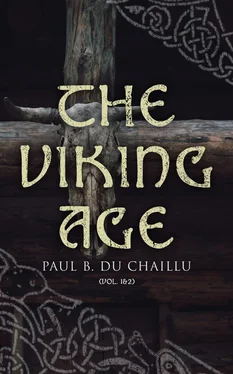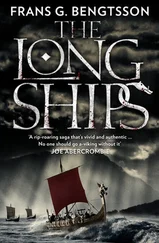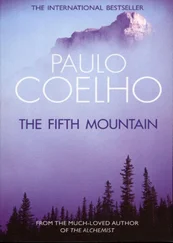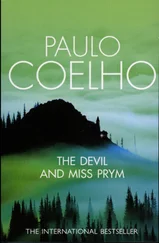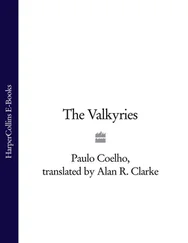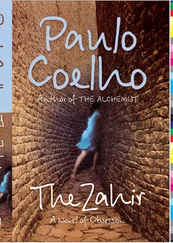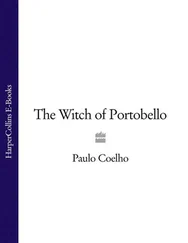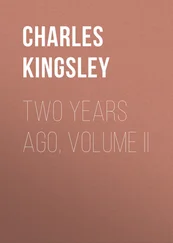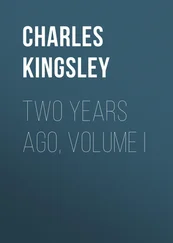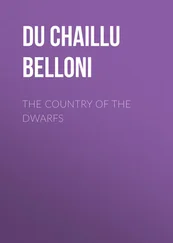The two axes in this page are given on account of their peculiar form, similar
to that of the bronze age. Many other forms of weapons will be found
illustrated in ‘The Land of the Midnight Sun.’

Fig. 23.—Clay vessel found in a burial chamber with flint implements and other objects near Aalborg, Denmark. ⅓ real size.
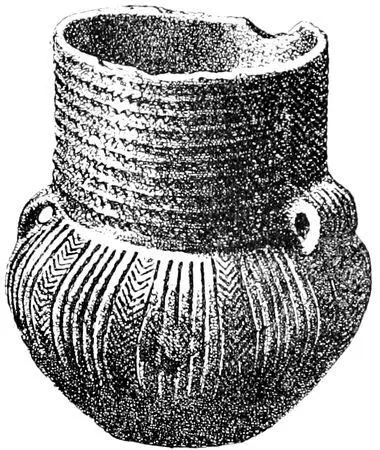
Fig. 24.—Clay vessel found in a large passage grave, with flint, and other implements, near Haderslev, Slesvig. ⅓ real size.
CHAPTER IX.
THE BRONZE AGE.
Table of Contents
Abundance of gold—Stone occasionally used for arrow-heads—Pottery—Graves—Commencement of cremation—Objects of this period—Proficiency in the art of casting—Weapons—Ornaments more varied than in the stone age—The Kivik grave—Oak coffins—Clothing of the bronze age—Sewing implements—Burnt and unburnt bodies sometimes found in the same grave—Gold vessels and ornaments—Bronze vessels—Battle-horns—Bronze knives.
While the three ages to some extent overlap, while we find stone articles running into the bronze age, and bronze and even stone into the iron age, still the distinction between the three periods is too clearly marked to be overlooked. Thus in the bronze age, characterised by the use of that metal and of gold, the weapons were almost entirely of bronze; amber still continued to be used for ornaments, and towards the close of this epoch glass, in the shape of beads, and iron appeared, but silver seems to have been unknown. Sometimes stone continued to be used for arrow-heads and spear-points.
The pottery shows a distinct improvement on that of the stone age.
The graves of the bronze age, as in the preceding stone age, are covered by a mound of earth, or a cairn, and contain several burial places. During the latter part of the bronze age the custom of burning the dead was introduced, but in the earlier part the bodies were unburnt. When the custom of cremation commenced and how long it lasted it is utterly impossible to tell, but from the numerous finds it is evident that it must have been in use long before iron became known. The graves of this period also generally lie on the top of some high hill, or the cairns are placed on the summit of some promontory having an unobstructed view of the sea or some large sheet of water. These graves prove that the shores of the Baltic and of the Cattegat were once thickly inhabited by a people having the same customs and religion; and from the situations of the graves, as well as from the objects, etc., in them, we learn that they were a seafaring people. North of the great lakes on the large Scandinavian peninsula these antiquities become more rare, thus showing that country not to have been so thickly settled.
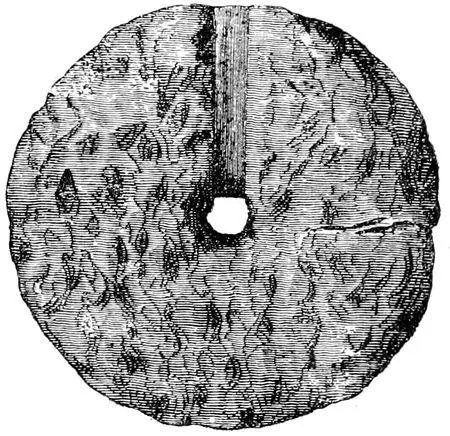
Fig. 25.—Cake of a rosin-like substance made of a paste of birch bark, and containing fragments of amber, used as a kind of putty to fill up the hollows of objects of bronze, &c., found in bogs and urns belonging to the bronze age.
From the finds of beautiful and often costly antiquities belonging to the bronze age, 113and from their great numbers, the fact is brought vividly to our mind, that even before iron was discovered there existed in those regions a remarkable culture.
The people had attained very great proficiency in the art of casting, most of the objects are cast, and some of the weapons have still the mark of the clay upon them; the model was sometimes made of wax and clay put round it, the bronze was cast into the mould thus made, and the wax melted into the mould which afterwards was broken in order to take out the sword or object manufactured. Some of the small daggers especially are marvels of casting, which could not be surpassed to-day. The largest swords are cast in one piece. In the collection at Copenhagen nine of these are perfect, the size of the longest being from 35 to 38 inches. The swords, daggers, poniards often have their hilts ornamented or twisted with threads of gold.
The weapons of the bronze epoch are the same as those of the stone age; poniards, axes, spears, bows and arrows. The sword and the shield seem to have been in common use; one of these now in Copenhagen was found covered with thin gold.
The simple ornaments of the stone age are replaced by more varied and beautiful ones. Gold jewels and vases become common and testify to the wealth of the people. In this age as in the preceding age of stone, the people of the North attained a greater degree of proficiency, and seem to have possessed a higher degree of civilisation than the people of Central and Northern Europe belonging to the same period.
The graves containing unburnt bones which belong to the early period of the bronze age are very similar to those of the preceding period of the stone age, they contain several skeletons then finally decrease in size until they become about 7 feet long, or just large enough to contain one body.
The bodies were often not buried in stone chambers but in coffins made of the trunks of oak trees. It may be that at a later period the customs of burning bodies and burying bodies unburnt co-existed, as will be seen in the account of the iron age. The warrior was buried with his weapons just as in the stone age.
One of the most interesting graves which I have seen, belonging, probably, to the bronze age, is the Kivik cairn (see p. 88), near the sea on a beautiful bay near the town of Cimbrisham. This monument is the only one of its kind known in the North. It shows perfect resemblance to others of the bronze age, and differs only from the cairns found on the hilltops of Bohuslän in its larger size. We have looked with great care at the tracings, which are not so deep as those of the rock-tracings situated in the neighbourhood. The signs carved on the stones are evidently symbolical, and were so made as to look upon the great chief that had been buried there.

Fig. 26.—Skeleton in a grave, about 8 feet 5 inches long, lying south-west and north-east. The mound, which was about 4 feet high, with a diameter of 50 feet, contained in the centre another grave. Hesselagergaard, Broholm, Fyen. The original position of the head of the warrior was 19 inches from the line of stones. The warrior was buried with his weapons just as in the stone age. The following were some of the objects found in the grave: Fragments of a bronze fibula, a little above the head to the right. Two bronze rings, on each side of the head, 6 inches from it. A bronze necklet; 13 inches below the lower edge of the necklet was a large, flat, bronze titulus (sort of shield boss) ornamented with three rows of spirals. Above the edge of the large titulus was a bronze dagger, in a scabbard, 8½ inches long.

Fig. 27.—Man buried with ornaments. Grave, 9 feet 6 inches long, 2 feet 3 inches wide, in a mound, Hesselagergaard. Among the ornaments were some spiral bracelets and finger rings, amber beads and one light blue glass bead.
Читать дальше
